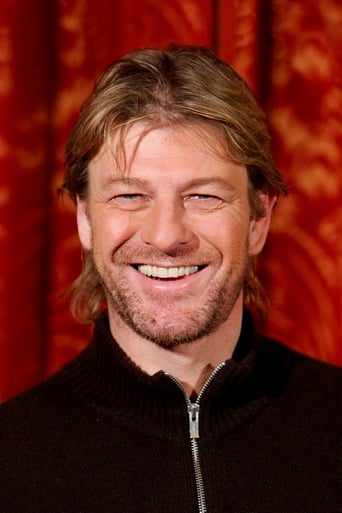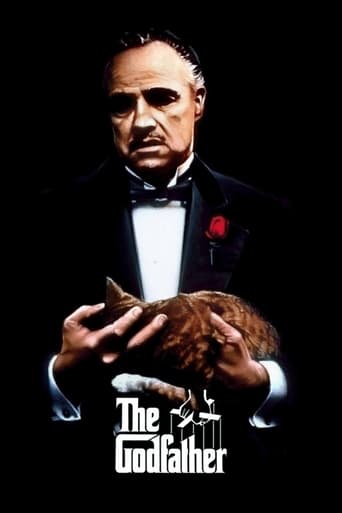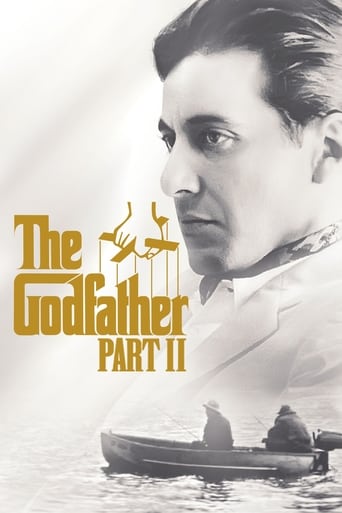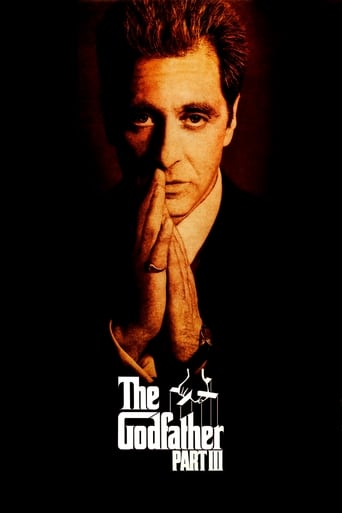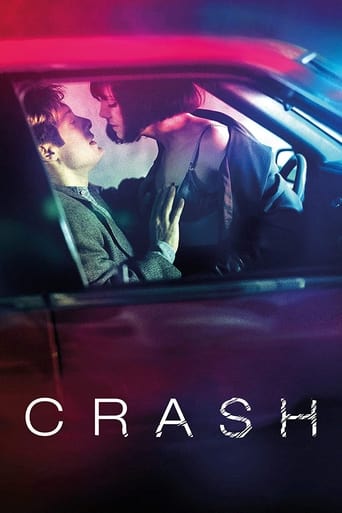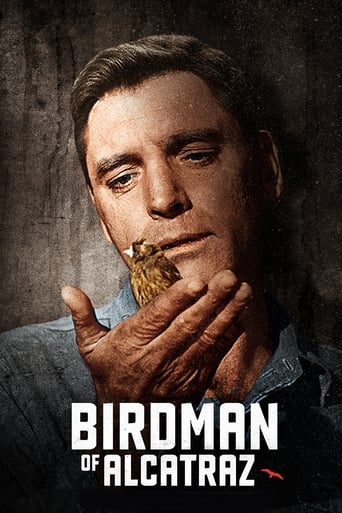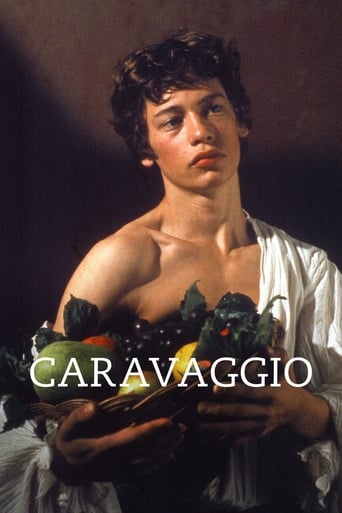

Caravaggio (1986)
A retelling of the life of the celebrated 17th-century Baroque painter Michelangelo Merisi da Caravaggio through his brilliant, nearly blasphemous paintings and his flirtations with the underworld.
Watch Trailer
Cast


Similar titles
Reviews
So much average
Good story, Not enough for a whole film
Bad Acting and worse Bad Screenplay
Blistering performances.
This film tells the life story of the 17th-century painter, Caravaggio, from his adolescence to his death.I find "Caravaggio" not very easy to follow, because characters are not introduced by name; and it also does not help when Caravaggio is played by three different actors! There is little dialog in the film, as many messages are conveyed in the unsaid. This also adds to the difficulty in understanding the plot.It also tries to push boundaries by having obvious anachronisms. I find myself stopping to think whether these objects exist in those days, which adds to me being more lost. Though I did not particularly enjoyed "Caravaggio", I will give Derek Jarman's films another go though.
Jarman's filmic imagery is beautiful, VERY Caravaggiesque. And - like good jazz, where a soloist improvisor may play snippets of other, well-known tunes in his/her improvisation - contains scene quotations from great works of art by others NOT Caravaggio. No one has yet mentioned the obvious take on Jacques Louis David's "Death of Marat," nor Jan Vermeer's "Girl with a pearl earring," which are the most obvious to me. There may be others. I'll have to watch it again more closely to see.This is a strange and wonderful film with many anachronistic jolts and some marvelous acting. When Tilda Swinton looks directly into the camera (making me swoon), she presages her doing so many times three years later in "Orlando."If this film is to your taste, then see Julie Taymor's "Titus" - her take on The Bard's Titus Andronicus.
What we know of Caravaggio suggests a strutting brawler with a healthy sense of entitlement who lived amongst whores and thieves and hustlers and put them on canvas. His works' themes were sex, death, redemption, above all, finding the sacred within the profane. He lived at a time where homosexuality carried a death sentence and political intrigue normally involved fatalities in a society defined by the maxim "strangling the boy for the purity of his scream".You can't fault Derek Jarman for his cinematography, nor his recreations of Caravaggio's paintings and you certainly can't accuse the man of shying away from the homosexuality. But frankly, Jarman never strays beyond 80s caricature. Italian patronage becomes the 80s London art scene complete with pretty waiters and calculators. Sean Bean is a sexy bit of Northern rough oiling his motorbike. Tilda Swinton performs a transformation worthy of a Mills and Boons ("Why, Miss Lena, without that gypsy headscarf, you're beautiful..."). Jarman provides Caravaggio with a particularly trite motive for the murder which left him exiled.This could have been a visually stunning treatment of a man whose life was dangerous, exciting, violent and decadent but who nonetheless elevated the lives of ordinary people to the status of Renaissance masterpieces, looked on by Emperors and Kings. Instead, what you get is Pierre et Gilles do Italy. The pretty bodies of young boys are shown to perfection, but never the men who inhabit them. Jarman appears to satirise the London art scene, showing it shallow and pretentious. To use Caravaggio and Renaissance Italy to make the point is to use a silk purse to make a pig's ear. In fairness, this film remains visually stunning, but ultimately as two dimensional as the paintings it describes.
Few moviegoers would know that the real Caravaggio was a convicted criminal and even by today's standards, a hell raiser. Rome's police records list fourteen citations in six years, from public nuisance to several violent assaults. In May of 1606 he murdered a friend, one Ranuccio Tomassoni in a sword fight. Added to these lurid details, his sexual interests show that he freely drifted from the Vatican's ordained model. This makes Caravaggio an interesting person, but a highly complex candidate for a biographic investigation on film.While Derek Jarman's film captures (with delightful conceit) many of the surface details of Caravaggio's life, it's a work of startling genius because it succeeds on a far more profound level. Jarman tells the story of Caravaggio rather like Caravaggio would paint, infusing it (effortlessly) with the central themes of his life's deepest convictions, creating a portrait which reflects the subject and the artist with equal relevance. What's more, many of the same themes that have been identified with both artists - sexuality, transcendence, violence, censorship, politics (religious/sexual) and the tumultuous source of creative identity are present in both men. It works as very few films do. This is also an unusually accessible film for Derek Jarman. The performances are entertaining and it's filmed with astounding beauty and simplicity. This film is a masterpiece.However, because of it's homosexual themes and personal tone, "Caravaggio" is likely to be appreciated only by those viewers who weary of film as simple diversion and long for something more challenging. This is a powerful artistic statement, but it flew under the radar during a decade of British film-making where "Gandhi", "Chariots of Fire" and "A Room With A View" represented the best of what was being made. While those films are great in their way, this film value is greater in terms of bravura and personal expression. See it if you can.



